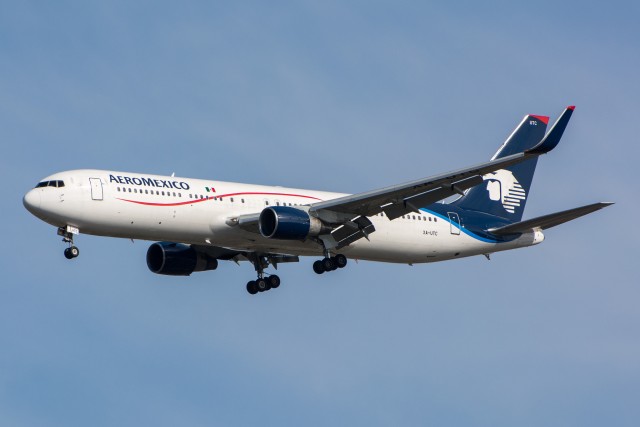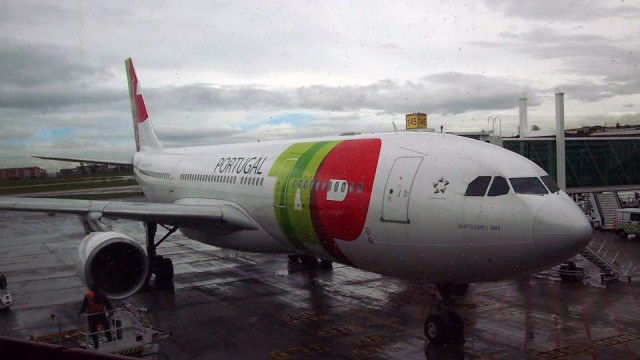
My TAP A330-200 (named Bartolomeu Dias – reg CS-TOR) sitting at Lisbon – Photo: Katka Lapelosová
Recenty, I was booked to fly on TAP airlines from Newark Liberty International Airport (EWR) to Lisbon Portela Airport (LIS). On my way there, I flew on their Executive product (aka business class) and on the way home, I flew in economy.
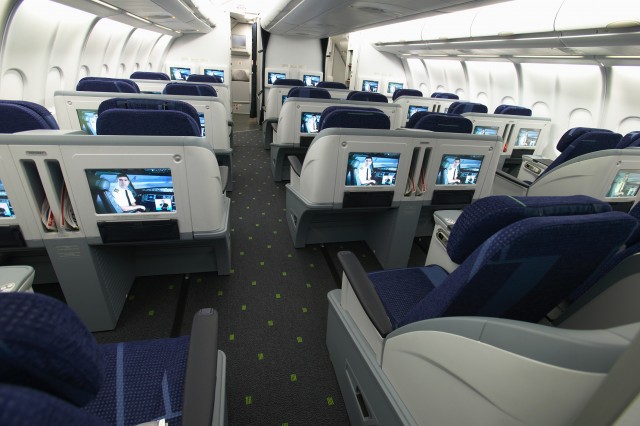
TAP Executive cabin – Photo: TAP
At the airport, I looked for a priority line, but did not see one, so I waited in the standard line. Upon check-in, I was provided with a green sticker on my boarding pass, which indicated I was to receive an expedited security clearance. There was no discussion of whether I had lounge access and the ticket agents did not seem to know — actually, different agents told me to go to different lounges.
I was a bit frustrated, but it was only an hour until my flight anyway, so I decided to relax in a secluded part of the gate with the economy passengers. Checking out TAP’s website, I was able to confirm that I had access to the Lufthansa’s Business Class lounge in Terminal B.
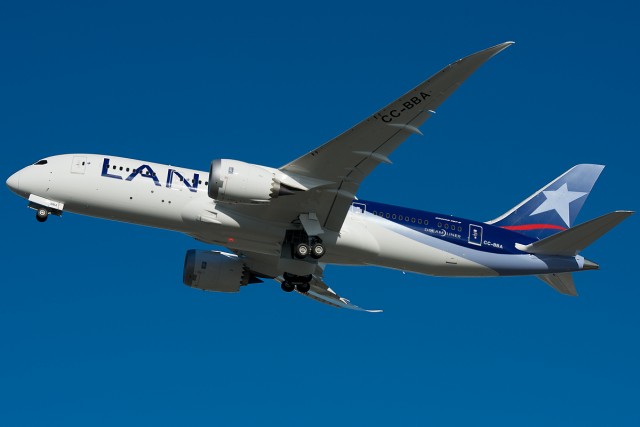
LAN 787-8 Dreamliner at takeoff – Photo: Bernie Leighton | AirlineReporter
Recently, LAN Airlines invited me down to their headquarters in Santiago de Chile, Chile, to check out their new Boeing 787-9 Dreamliner. While LAN was the first carrier in the Americas to operate the 787-8, the new stretched 787-9 offers an all-new Premium Business hard product. Unfortunately, at the last minute, the special event was called off due to “operational issues.”
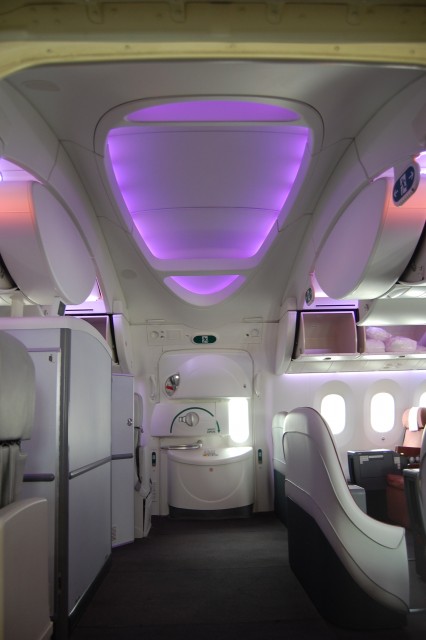
Dreamliner signature entryway on LAN’s 787-8 – Photo: Blaine Nickeson | AirlineReporter
Since flights to Santiago had already been arranged I decided to still make the trip, which would give me a chance to experience LAN’s 787-8 Premium Business class, check out Santiago briefly, and also take a look at the airport experience on both ends. All-in, I’d only be gone from home in Denver for 55 hours – not too shabby for 13,000 miles of travel.
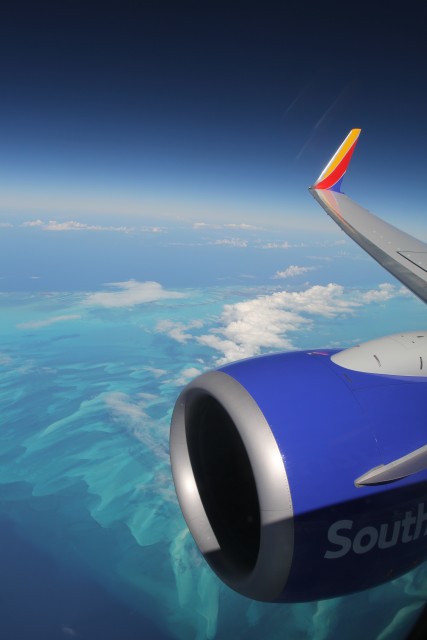
Over the Caribbean Sea – Photo: David Delagarza | AirlineReporter
That’s one small flight for a 737, one giant leap forward for Southwest Airlines and Houston Hobby Airport (HOU). In a sign of things to come, Southwest added to its daily Aruba service out of Baltimore and Orlando with a seasonal weekly flight between Houston and Aruba’s Queen Beatrix International Airport (AUA). Last Saturday, I joined Southwest for the inaugural flight between Aruba and Houston. This flight was the first international commercial arrival into Hobby airport.
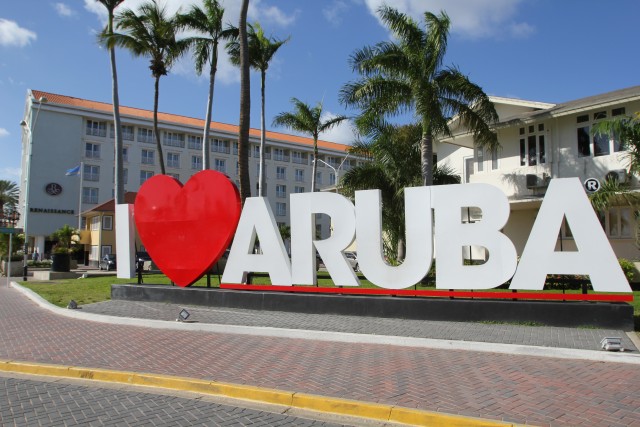
I ⥠Aruba, the unofficial theme of the island – Photo: David Delagarza | AirlineReporter
Although Hobby Airport does not have customs and immigration facilities, Southwest is able to operate the flight thanks to the Customs and Border Patrol (CBP) preclearance facility in Aruba, which allows passengers to clear customs and immigration prior to departing for the United States. This October, however, Hobby Airport is scheduled open a new five-gate international terminal, complete with customs and immigration facilities, which will enable Southwest to further add to its international offerings at Houston.
I recently had the opportunity to experience the premium product on two major North American (non-US) carriers. I thought it would be a good chance to evaluate and compare the two different products and see how they stack up! I was invited to Buenos Aires, Argentina, by a good friend of mine whose fianc is Brazilian. They planned a trip to Argentina and invited close friends. Given that going to South America would mean I had visited all the continents (well, apart from Antarctica), I had to agree. In planning this trip, I decided to use miles to make the trip more affordable.
Much to my surprise, there was no point in booking a flight one-way using miles and the return flight paying cash. Interestingly, it cost the same amount (or more) for a one-way ticket to Buenos Aires, compared to a round-trip ticket. This just further reinforced my plan to use miles. I was able to use Alaska Airlines miles to fly Aeromxico on the flight down, and United miles to fly Air Canada on the return. Funny how that can work, right?
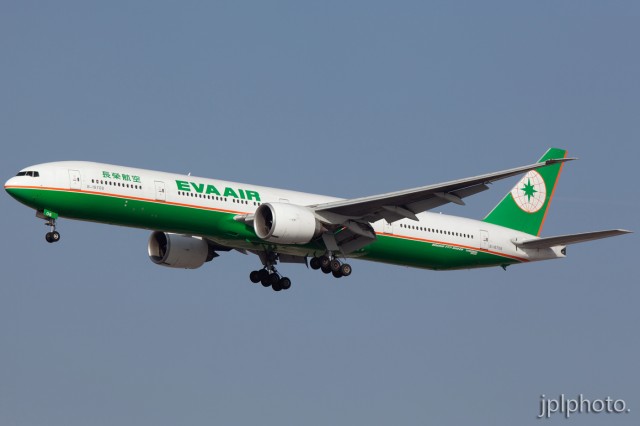
Eva Air Boeing 777-300ER in flight – Photo: Jeremy Dwyer-Lindgren | JDLMedia
Another week, another flight. This time my adventure started at Los Angeles International, with a ticket in hand on EVA Air to Taipei. The occasion? To give the carrier’s Royal Laurel (RL) business class a good, thorough testing.
With no line present at the Royal Laurel Desk, check-in was quick and simple. A staff member escorted me to the lounge, managing to whisk me right past the hulking mid-day security line. This does not appear to be a normal procedure for RL passengers, though the premium line looked to have a 15-minute back-up.
EVA utilizes the finely appointed Star Alliance lounge in LAX, thanks to being part of the alliance since mid-2013. Time was short on this visit, though long enough to snag a finger sandwich and a few deserts.
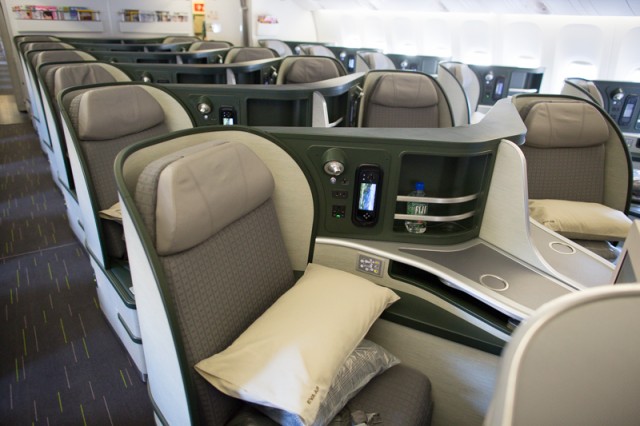
Photo: Jeremy Dwyer-Lindgren | JDLMedia
Boarding began on time, and I quickly squirreled away my bags above my seat: 1A. A selection of juices and water was on tap for pre-departure drinks. I went with apple, my new favorite as of late.






